How To Choose Engine Oil Viscosity For Antique Car
Home » Best apartment » How To Choose Engine Oil Viscosity For Antique CarYour How to choose engine oil viscosity for antique car images are ready in this website. How to choose engine oil viscosity for antique car are a topic that is being searched for and liked by netizens now. You can Download the How to choose engine oil viscosity for antique car files here. Get all royalty-free images.
If you’re looking for how to choose engine oil viscosity for antique car images information connected with to the how to choose engine oil viscosity for antique car topic, you have visit the ideal site. Our site frequently provides you with hints for downloading the maximum quality video and image content, please kindly surf and locate more informative video articles and graphics that fit your interests.
How To Choose Engine Oil Viscosity For Antique Car. The most important thing is to use oil thats the right thickness or viscosity for your cars engine. Extended Drains If youve done the math costbenefit analysis and believe your car driving habits and climate conditions make your car the perfect candidate for extended oil drains synthetics give you the best shot and a safety margin to boot. Heavier oils 15W-40 15W-50 20W-50 etc should only be used for warm weather 65F or higher. Viscosity and Temperature Look for an engine oil that tolerates high temperatures and maintains its viscosity.
 Question Best Engine Oil For Japanese Cars Andrew S Japanese Cars From andrewsjapanesecars.com
Question Best Engine Oil For Japanese Cars Andrew S Japanese Cars From andrewsjapanesecars.com
The viscosity of an oil is measured by its resistance to flow. Watch our new video on how to change your car engine oil in this video. You will see oil viscosity measurement in lube articles stated in kinematic kv and absolute cSt terms. Oil thats too thick or thin wont provide the necessary protection for your engine. Or if your car is 7 years old or more its a good idea to look for an oil with the best viscosity for high mileage before your engine starts stalling. Often times a manufacturer will suggest two or more motor oil viscosities for an engine such as a 5W-20 or 5W-30 based on several different factors – including temperature.
The second number is defined by how an oil flows at normal.
The owners manual will advise the best viscosity range and the owner can then work within those parameters. Choosing the Right Type of Motor Oil. The first number ends with the letter W which stands for Winter. In order to choose the best lubricant for a gear set the following criteria must be addressed. Often times a manufacturer will suggest two or more motor oil viscosities for an engine such as a 5W-20 or 5W-30 based on several different factors – including temperature. For engines that do not have a recommended weight winter and colder temperatures you should use a lower viscosity oil for cold start up.
 Source: amazon.co.uk
Source: amazon.co.uk
Additives The additive package used in the lubricant will determine the lubricants general category and affects various key performance properties under operating conditions. Choose a viscosity thats appropriate for the bearing clearances and ambient temperature range 5W-20 5W-30 or 10W-30 for year round driving. The most important thing is to use oil thats the right thickness or viscosity for your cars engine. This measurement is related to how an oil flows when it is cold such as at engine start-up. There are two numbers that define the viscosity of an oil.
 Source: motul.com
Source: motul.com
Additives The additive package used in the lubricant will determine the lubricants general category and affects various key performance properties under operating conditions. You will see oil viscosity measurement in lube articles stated in kinematic kv and absolute cSt terms. Engine oil is one of the fundamental products needed to run your car as it lubricates the engine to prevent the pistons seizing or exploding. In addition motor oil not only lubricates engine parts but it also cleans acids and silicon oxide from engine parts. The most important thing is to use oil thats the right thickness or viscosity for your cars engine.
 Source: syntheticmotoroils.jigsy.com
Source: syntheticmotoroils.jigsy.com
Watch our new video on how to change your car engine oil in this video. Long ago the Society of Automotive Engineers SAE developed a rating system for oil viscosity the most basic of characteristics which is often called weight. We go over the details to help you understand which engine oil is best for your car. There are two numbers that define the viscosity of an oil. Oil thats too thick or thin wont provide the necessary protection for your engine.
 Source: youtube.com
Source: youtube.com
In order to choose the best lubricant for a gear set the following criteria must be addressed. The owners manual will advise the best viscosity range and the owner can then work within those parameters. The thicker higher viscosity of an oil the slower it will flow. Engine oil is one of the fundamental products needed to run your car as it lubricates the engine to prevent the pistons seizing or exploding. Oil thats too thick or thin wont provide the necessary protection for your engine.
 Source: andrewsjapanesecars.com
Source: andrewsjapanesecars.com
The owners manual will advise the best viscosity range and the owner can then work within those parameters. But as oil heats up in an engine it becomes thinner losing its viscosity. Oil thats too thick or thin wont provide the necessary protection for your engine. The viscosity of an oil is measured by its resistance to flow. Extended Drains If youve done the math costbenefit analysis and believe your car driving habits and climate conditions make your car the perfect candidate for extended oil drains synthetics give you the best shot and a safety margin to boot.
 Source: diycarserviceparts.co.uk
Source: diycarserviceparts.co.uk
There are two numbers that define the viscosity of an oil. Its expressed by four or five. Watch our new video on how to change your car engine oil in this video. There are two numbers that define the viscosity of an oil. The second number is defined by how an oil flows at normal.
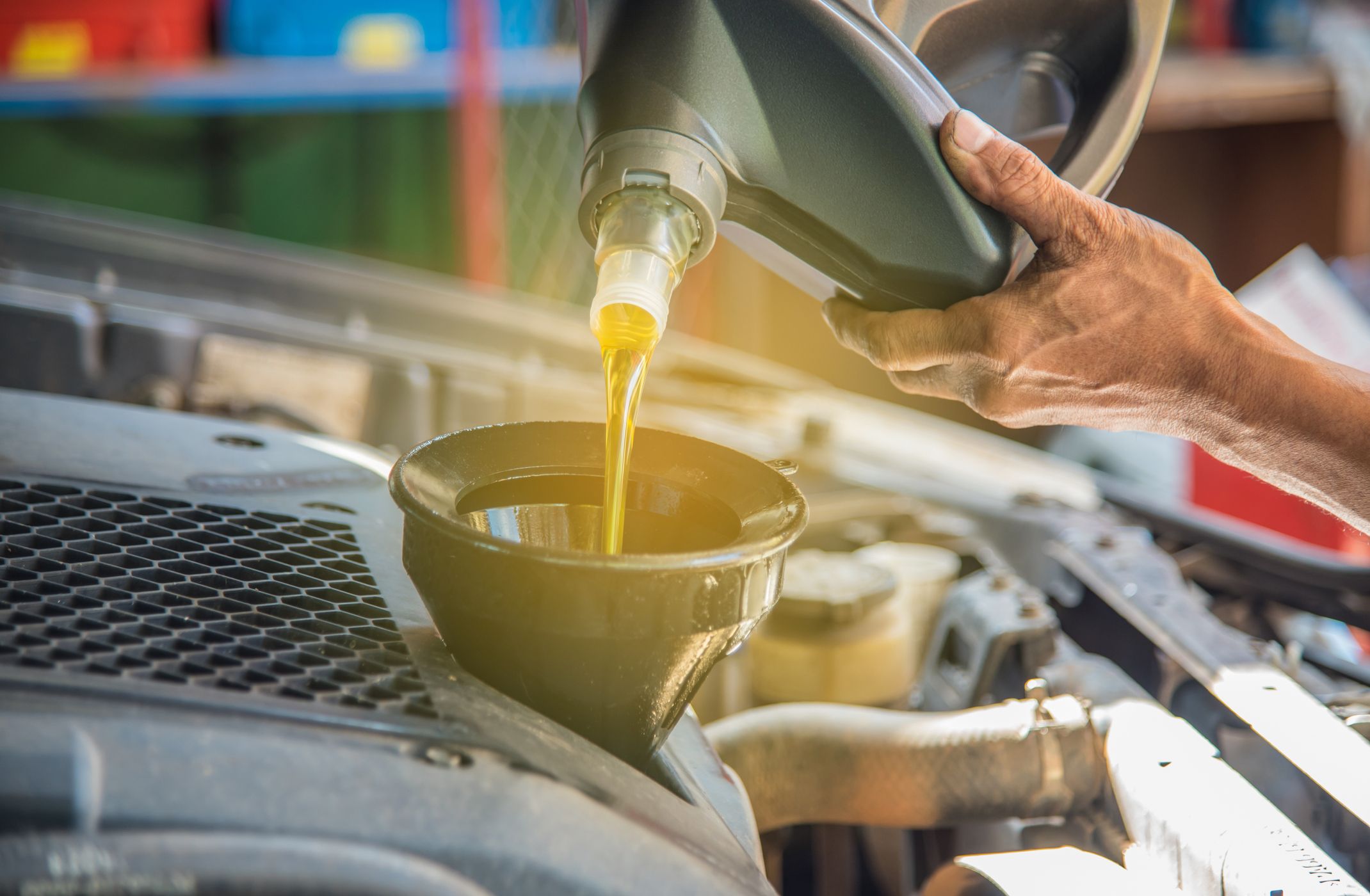 Source: popularmechanics.com
Source: popularmechanics.com
Viscosity Confusion Most late-model passenger car and light truck engines are factory-filled with 5W-20 or 5W-30 multi-viscosity oil with some European makes specifying 0W-40 or even 0W-20 for Japanese hybrids like the. The second number is defined by how an oil flows at normal. Choose a viscosity thats appropriate for the bearing clearances and ambient temperature range 5W-20 5W-30 or 10W-30 for year round driving. This revision continues the process of extending the SAE Engine Oil Viscosity Classification system to lower high-temperature high-shear-rate HTHS viscosities by adding two new high-temperature viscosity grades SAE 12 and SAE 8 to SAE J300 with minimum HTHS viscosities of 20 and 17 mPas respectively. But as oil heats up in an engine it becomes thinner losing its viscosity.
 Source: bellperformance.com
Source: bellperformance.com
For engines that do not have a recommended weight winter and colder temperatures you should use a lower viscosity oil for cold start up. This was the oils viscosity rating from cold when the engine is first started in the morning. Choosing the Right Type of Motor Oil. But as the old Castrol ad used to say oils aint oils so it pays to know which is right for your car whenever the dipstick shows a low oil level and you have to top up on the run. In order to choose the best lubricant for a gear set the following criteria must be addressed.
 Source: autoexpert.com.au
Source: autoexpert.com.au
The second number is defined by how an oil flows at normal. Engine oil is one of the fundamental products needed to run your car as it lubricates the engine to prevent the pistons seizing or exploding. The viscosity of an oil is measured by its resistance to flow. There are two numbers that define the viscosity of an oil. Viscosity and Temperature Look for an engine oil that tolerates high temperatures and maintains its viscosity.
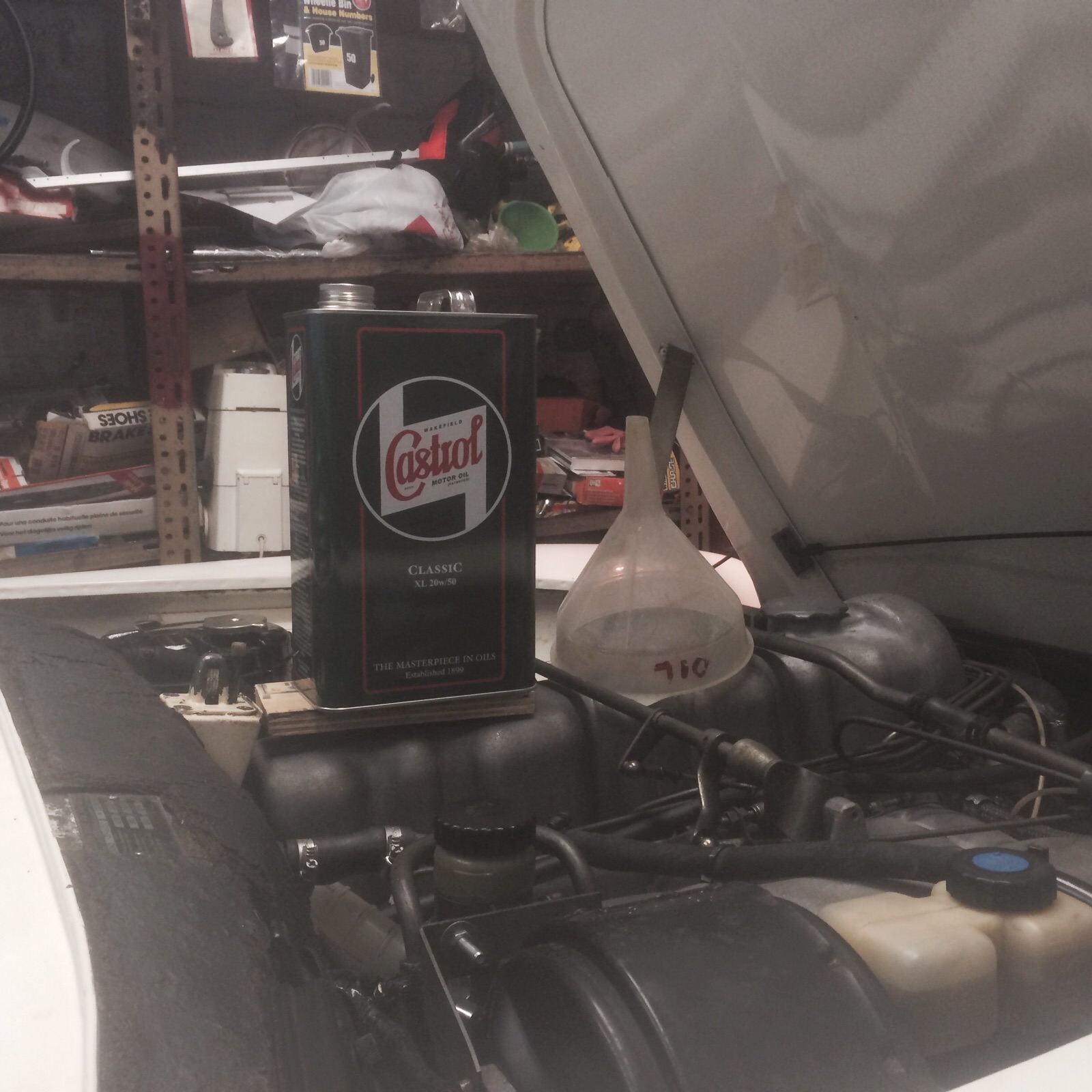 Source: tradeclassics.com
Source: tradeclassics.com
Its expressed by four or five. Or if your car is 7 years old or more its a good idea to look for an oil with the best viscosity for high mileage before your engine starts stalling. Viscosity Often referred to as the most important property of a lubricating oil. Extended Drains If youve done the math costbenefit analysis and believe your car driving habits and climate conditions make your car the perfect candidate for extended oil drains synthetics give you the best shot and a safety margin to boot. We go over the details to help you understand which engine oil is best for your car.
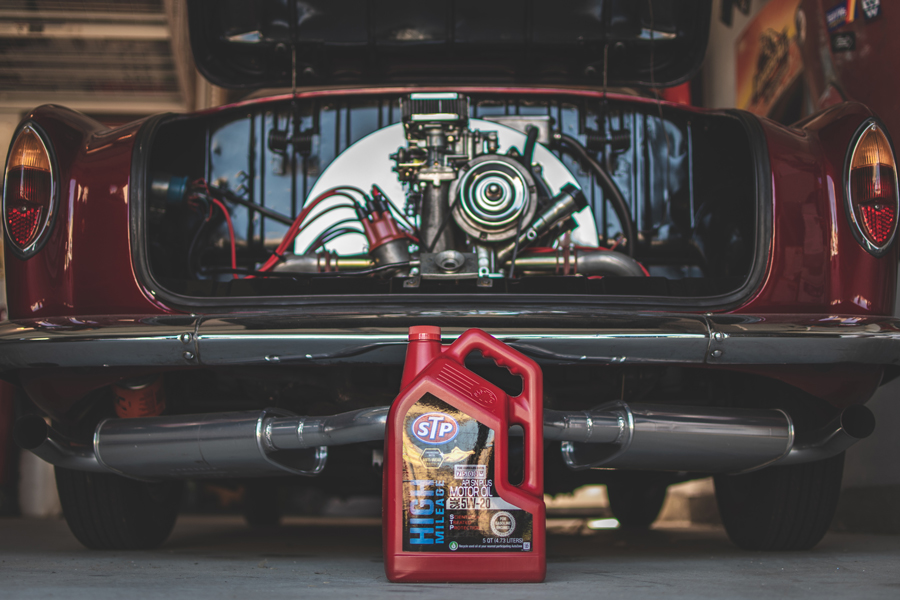 Source: autozone.com
Source: autozone.com
With so many options for motor oil it can be overwhelming finding the perfect option for your vehicle. This measurement is related to how an oil flows when it is cold such as at engine start-up. Engine oil is one of the fundamental products needed to run your car as it lubricates the engine to prevent the pistons seizing or exploding. Oil thats too thick or thin wont provide the necessary protection for your engine. Simply put viscosity is the oils resistance to flow or for the layman an oils speed of flow as measured through a device known as a viscometer.
 Source: tires4car.com
Source: tires4car.com
The viscosity of an oil is measured by its resistance to flow. The owners manual will advise the best viscosity range and the owner can then work within those parameters. But as oil heats up in an engine it becomes thinner losing its viscosity. We go over the details to help you understand which engine oil is best for your car. The viscosity of an oil is measured by its resistance to flow.
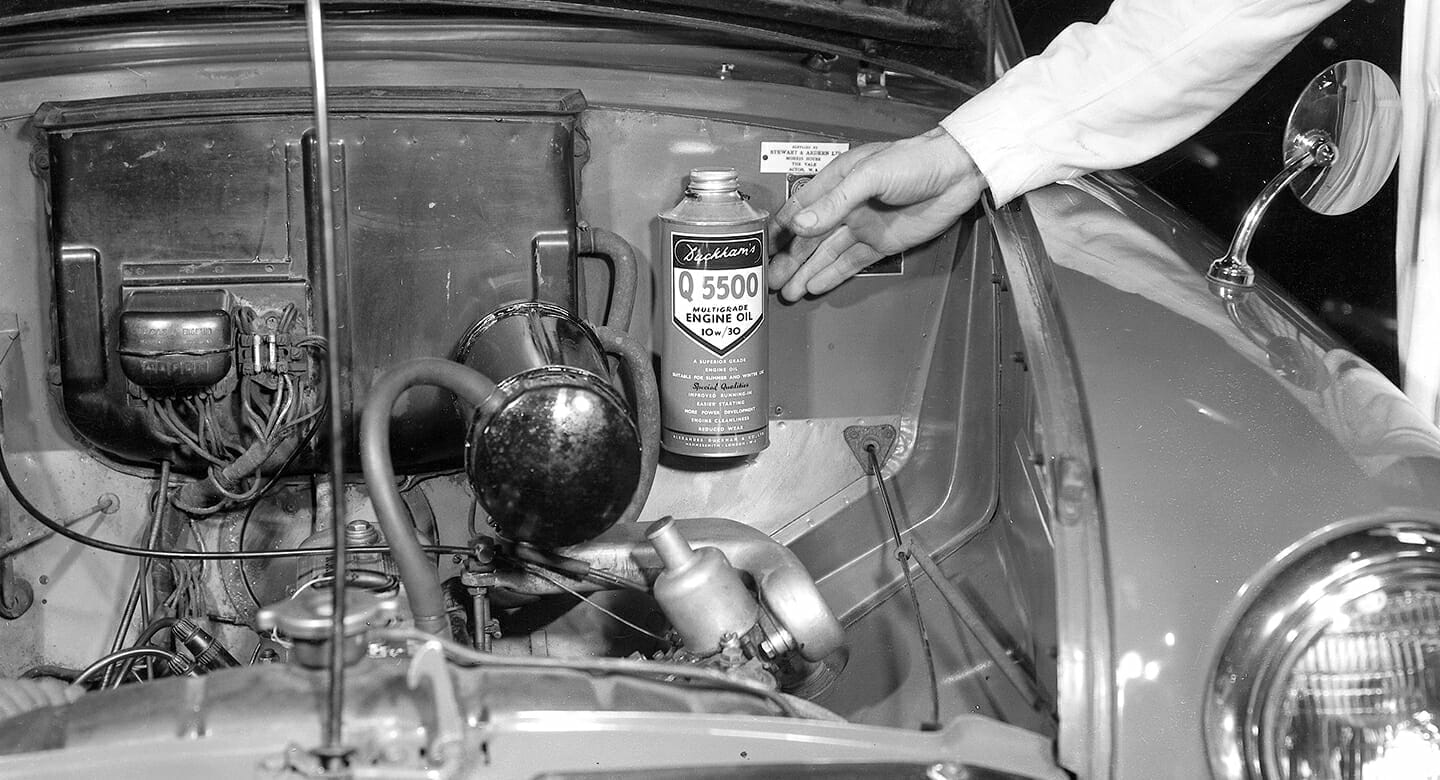 Source: duckhams-oils.com
Source: duckhams-oils.com
For warmer temperatures you should use a higher viscosity oil. A number followed by W on the can denoted this viscosity the W standing for winter. For engines that do not have a recommended weight winter and colder temperatures you should use a lower viscosity oil for cold start up. Simply put viscosity is the oils resistance to flow or for the layman an oils speed of flow as measured through a device known as a viscometer. Oil thats too thick or thin wont provide the necessary protection for your engine.
 Source: motul.com
Source: motul.com
The owners manual will advise the best viscosity range and the owner can then work within those parameters. The second number is defined by how an oil flows at normal. Viscosity Often referred to as the most important property of a lubricating oil. In order to choose the best lubricant for a gear set the following criteria must be addressed. You will see oil viscosity measurement in lube articles stated in kinematic kv and absolute cSt terms.
 Source: evolubesupply.com
Source: evolubesupply.com
Choosing the Right Type of Motor Oil. A number followed by W on the can denoted this viscosity the W standing for winter. But as the old Castrol ad used to say oils aint oils so it pays to know which is right for your car whenever the dipstick shows a low oil level and you have to top up on the run. But as oil heats up in an engine it becomes thinner losing its viscosity. There are two numbers that define the viscosity of an oil.
 Source: eg.totalenergies.com
Source: eg.totalenergies.com
This measurement is related to how an oil flows when it is cold such as at engine start-up. Simply put viscosity is the oils resistance to flow or for the layman an oils speed of flow as measured through a device known as a viscometer. With so many options for motor oil it can be overwhelming finding the perfect option for your vehicle. The first number ends with the letter W which stands for Winter. We go over the details to help you understand which engine oil is best for your car.
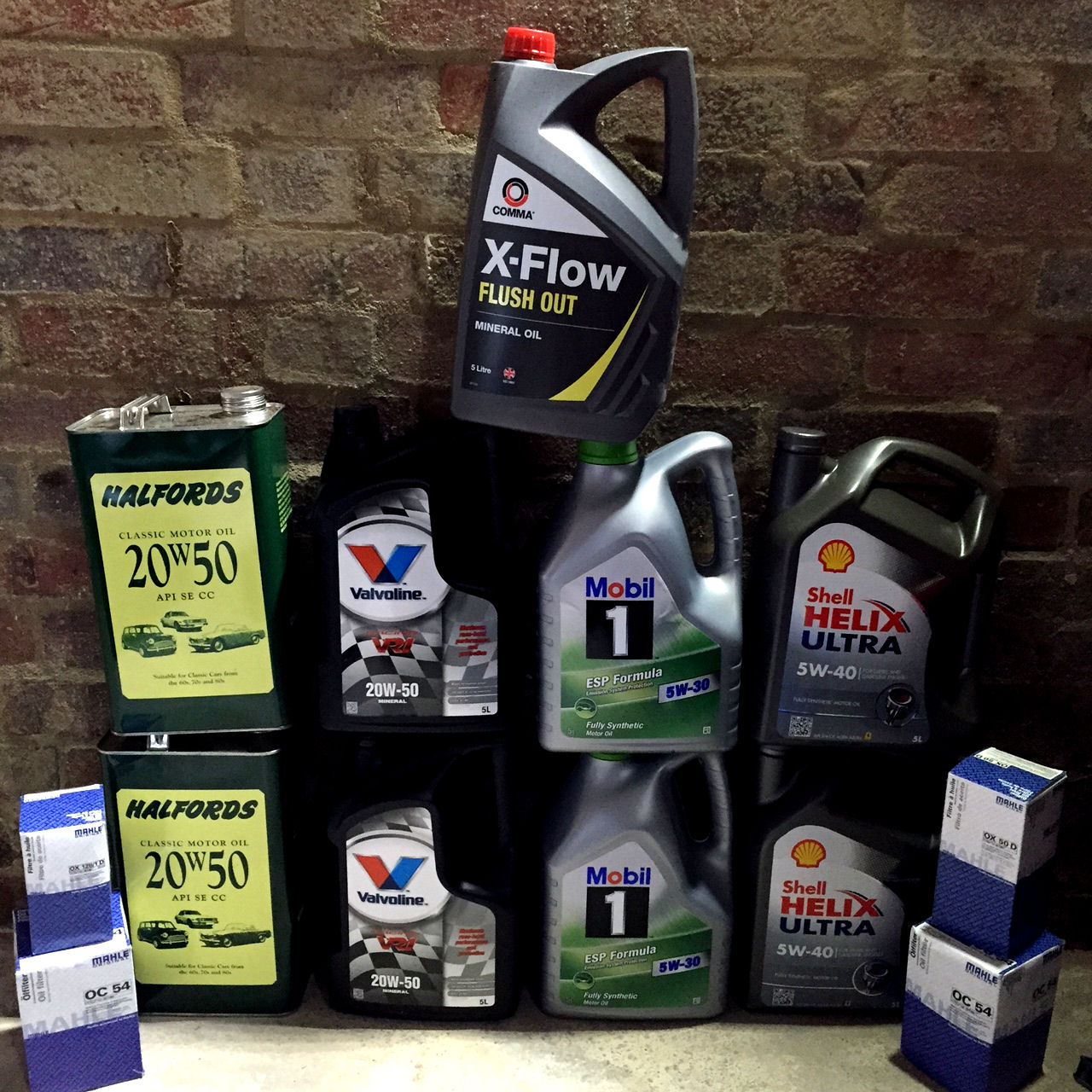 Source: tradeclassics.com
Source: tradeclassics.com
The most important thing is to use oil thats the right thickness or viscosity for your cars engine. A number followed by W on the can denoted this viscosity the W standing for winter. The thicker higher viscosity of an oil the slower it will flow. Heavier oils 15W-40 15W-50 20W-50 etc should only be used for warm weather 65F or higher. Choose a viscosity thats appropriate for the bearing clearances and ambient temperature range 5W-20 5W-30 or 10W-30 for year round driving.
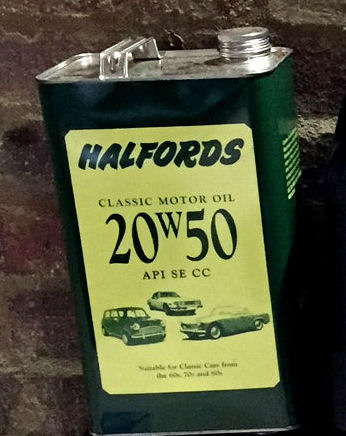 Source: tradeclassics.com
Source: tradeclassics.com
Simply put viscosity is the oils resistance to flow or for the layman an oils speed of flow as measured through a device known as a viscometer. The most important thing is to use oil thats the right thickness or viscosity for your cars engine. The first number ends with the letter W which stands for Winter. There are two numbers that define the viscosity of an oil. The first number ends with the letter W which stands for Winter.
This site is an open community for users to submit their favorite wallpapers on the internet, all images or pictures in this website are for personal wallpaper use only, it is stricly prohibited to use this wallpaper for commercial purposes, if you are the author and find this image is shared without your permission, please kindly raise a DMCA report to Us.
If you find this site value, please support us by sharing this posts to your preference social media accounts like Facebook, Instagram and so on or you can also save this blog page with the title how to choose engine oil viscosity for antique car by using Ctrl + D for devices a laptop with a Windows operating system or Command + D for laptops with an Apple operating system. If you use a smartphone, you can also use the drawer menu of the browser you are using. Whether it’s a Windows, Mac, iOS or Android operating system, you will still be able to bookmark this website.
Category
Related By Category
- Antique Car For Rent In Malaysia
- Dover Nj Antique Cars Fire 1970s
- Big Bear Antique Car Club Fun Run
- Antique Brass Era Cars For Sale
- Patricks Antique Cars Trucks Casa Grande Az
- California Dmv Antique Car Registration Non Operational
- When Does A Car Become An Antique In Virginia
- Westchester Couare Brass Headlight For Antique Car
- Antique Cars For Sale In Las Vegas
- Best Antique Car To Buy For Value